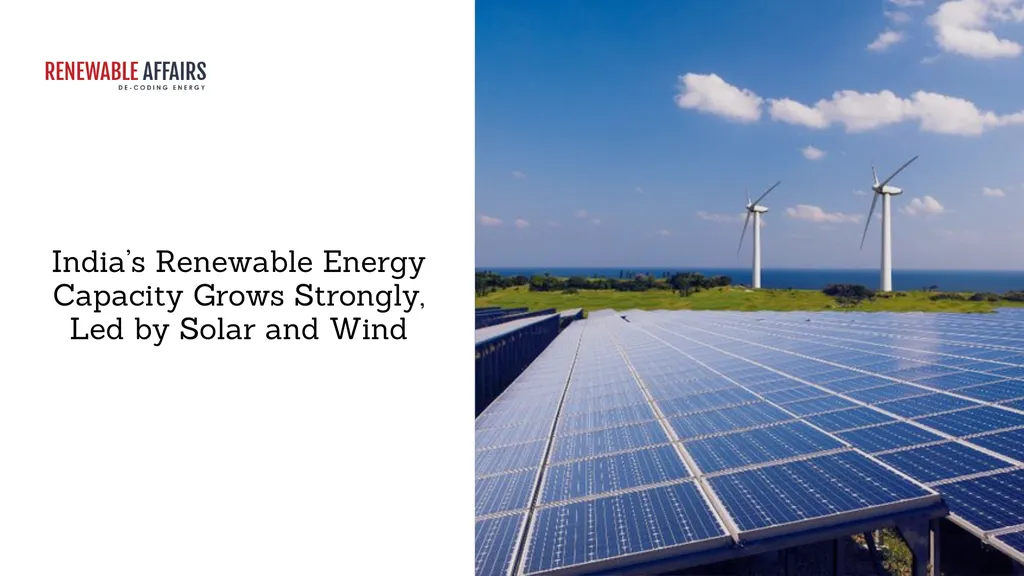In the dynamic world of electricity markets, wind power has emerged as a formidable player, thanks in large part to government incentives and subsidies. However, the variability of wind generation presents unique challenges, including potential penalties for deviations in energy output. Enter energy storage systems (ESS), which offer a versatile solution to mitigate these uncertainties. A recent study published in the IEEE Access journal, titled “Stochastic Cournot Model for Coordinated Strategic Bidding of Wind-Storage Systems,” delves into this very issue, proposing a comprehensive model for the joint bidding of wind power plants (WPPs) and ESS in competitive electricity markets.
The research, led by Swati Gupta from the School of Automation at Banasthali Vidyapith in Tonk, Rajasthan, India, employs a stochastic Cournot framework to model the interactions between WPPs and ESS. This approach accounts for wind power uncertainties through inter-hour ramp constraints, providing a more accurate representation of real-world conditions. “The inherent variability of wind generation can lead to significant challenges in electricity markets,” Gupta explains. “Our model aims to address these challenges by optimizing the bidding strategies of WPPs and ESS, thereby enhancing the overall efficiency and profitability of these systems.”
The study adopts a Location-Based Dual Imbalance Price (DIP) mechanism for wind-storage systems operating within a network-constrained oligopolistic electricity market. This mechanism, combined with the Nash equilibrium strategy, allows for the optimization of WPP-ESS bids, considering the competitive behavior of other market participants. The research develops a Mixed Integer Linear Programming (MILP) model to determine the Nash equilibrium by evaluating a payoff matrix, providing a robust framework for strategic bidding.
The implications of this research are far-reaching. By optimizing the bidding strategies of WPPs and ESS, the proposed model can enhance the profitability of these systems, making them more attractive to investors. This, in turn, can drive further growth in the wind power and energy storage sectors, contributing to a more sustainable and resilient electricity grid.
Moreover, the study’s investigation into the influence of different imbalance price mechanisms on WPP-ESS profits, market clearing operations, and Nash equilibrium outcomes can provide valuable insights for policymakers and market operators. As Gupta notes, “Understanding the impact of imbalance price mechanisms is crucial for designing effective market rules and regulations that support the integration of renewable energy sources.”
The research also highlights the potential of game theory and stochastic modeling in addressing the challenges posed by variable renewable energy sources. As the electricity market continues to evolve, these tools can play a pivotal role in optimizing the operation and planning of power systems, ensuring a reliable and sustainable energy supply.
The study, published in the English-language journal IEEE Access, offers a significant contribution to the field of energy economics and market design. As the energy sector continues to grapple with the challenges of integrating variable renewable energy sources, the insights and methodologies presented in this research can pave the way for more efficient and effective market operations. The work of Gupta and her colleagues serves as a testament to the power of interdisciplinary research in addressing complex energy challenges, and it is likely to shape future developments in the field for years to come.

